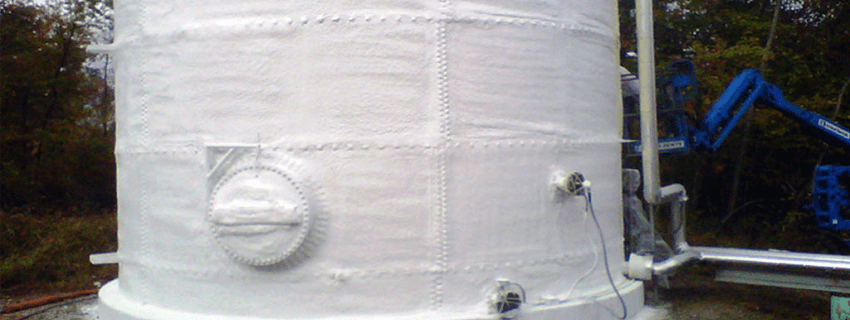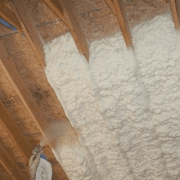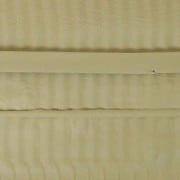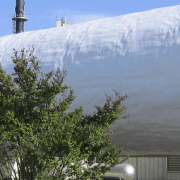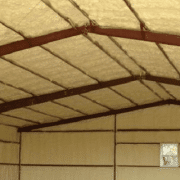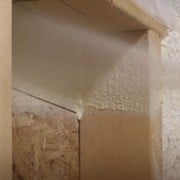Attic Insulation Options Offer Different Pros and Cons
[ad_1]
Attic insulation plays a critical role in home energy performance. In fact, most building scientists agree that the attic should be the first “target” area for insulation and air-sealing upgrades. Most homes are built with code-required minimum levels of attic insulation that are far below current recommendations established by the U.S. Dept. of Energy.
Homeowners considering an attic insulation upgrade have a number of different insulation materials to consider. Each attic insulating option has distinct advantages and limitations. Understanding these pros and cons can help you select the best insulation upgrade for your attic.
Fiberglass batts
Fiberglass batt insulation is popular because it’s affordable and universally available. Regardless of age, many houses have attics insulated with fiberglass batts. The batts are typically installed between attic floor joists, and unfaced batts are more common than faced batts in attic installations.
PROS: More affordable than other types of attic insulation. Best type of insulation for DIYers to install. Unlike blown insulation, batts can be lifted up and moved to provide access to the ceiling below, can lights and ceiling-mounted vent fans. Existing batt insulation can often be left in place when blown insulation is added to increase overall R-value in the attic.
CONS: Difficult to install correctly around obstructions. Voids where insulation is missing contribute to significant energy loss. Multiple layers of batt insulation are required to achieve recommended R-values in most parts of the country; this makes it impossible to use the attic for storage unless special platforms are built prior to insulation installation. Fiberglass insulation can’t stop air movement.
Blown insulation
Two main types of blown (or blow-in) insulation are commonly used: cellulose and loose-fill fiberglass. Both types are designed to be installed using special blowing equipment.
PROS: Installation can be completed quickly and affordably. Blown insulation typically results in more complete coverage than is possible with fiberglass batts.
CONS: A thick layer of insulation (at least 16 in. for northern parts of the U.S.) is required, and this makes it impossible to use the attic space for storage unless special platforms are built prior to installing the insulation. Cellulose and loose-fill fiberglass insulation can’t stop air movement.
Spray foam
Professional spray foam insulation contractors typically insulate an attic by applying a thick layer of spray foam between the rafters. Two types of foam are used: open-cell and closed-cell. Opinions vary as to which type is best in an attic installation, but closed-cell spray foam is used more frequently.
PROS: Closed-cell spray foam provides the highest R-value per in. (about R-6) of any attic insulation. It also creates an air and moisture barrier, so it eliminates the need for separate air-sealing work. Insulating beneath the roof deck instead of on the attic floor frees up attic space for storage and other purposes. This strategy also improves the efficiency of HVAC components (like air handlers and ductwork) located in the attic.
CONS: Most expensive attic insulation. A thick layer of foam applied to the underside of the roof sheathing can trap moisture and cause sheathing to rot.
Rigid foam
Rigid foam hasn’t been used as extensively for attic insulation until a most recent development. In one unique system, a proprietary rigid foam panel is fastened to the underside of attic rafters, forming an air and thermal barrier.
PROS: Provides all the benefits of spray foam, with the additional benefit of maintaining attic ventilation. The potential for roof sheathing moisture damage is eliminated. The rigid foam is faced with a radiant barrier that reflects heat for additional energy savings -another advantage over spray foam.
CONS: The system is available in limited areas, so it’s not as widely available as spray foam. Installation cost is greater than fiberglass batts and blown insulation, but competitive with spray foam.
[ad_2]

